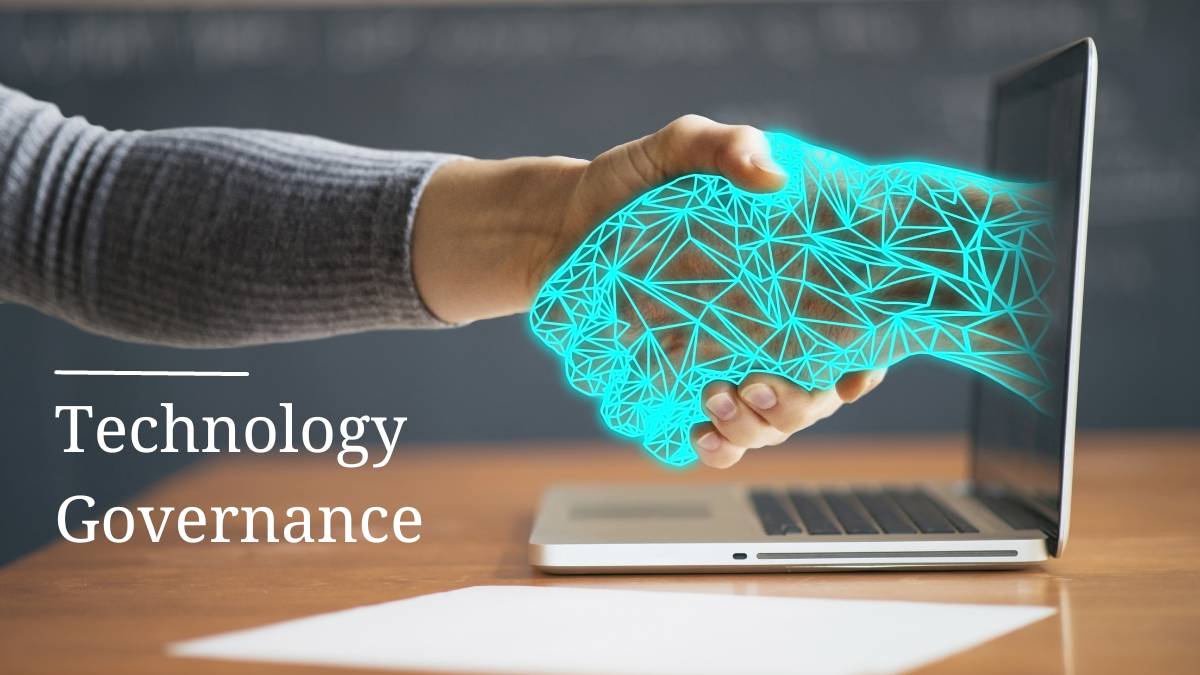The advancement of technology in recent decades has profoundly changed everyday life—in business, government, at home, and at work. It has had a profound impact on every aspect of our lives, including the way we connect, socialize, understand, and even manage or dominate.
While the rapid proliferation of physical and digital technologies holds great potential, it also carries risks. Since previous waves of technical development in industry and society have expressed their concern for individuals and society, similar concerns can be found in the current debate about artificial intelligence, nuclear energy, gene editing and social media.
Clearly, it is important for both developing and developed countries to create policies and regulatory systems to monitor these new technological discoveries. Under these conditions, the concept of ‘technology governance’ is gaining worldwide attention.
In this article, we will learn about technology governance and explain what are the key regulatory frameworks for technology?
Definition of Technology Management:
According to OECD: Technology governance can be defined as the process of exercising political, economic and administrative power over the development, dissemination and operation of technology in society. It can include norms (e.g. regulations, standards and customs), but it can also be operated through physical and virtual architectures to manage risks and benefits. Technology governance is not only related to official government activities, but also to the activities of businesses, civil society organizations and communities of practice. In the broadest sense, it represents the sum total of how individuals and organizations shape technology and, conversely, how technology shapes social order.
Technology governance often involves a wide range of stakeholders, including government agencies, regulators, industry associations, and individual organisations. Here, “governance” refers to a range of institutional structures and norms that guide technological progress, including:
- Setting R&D Agenda and Public Accountability Mechanism
- Technology assessment, foresight and scientific advice
- Public participation and scientific communication
- Technical and design standards
- Regulations and soft law
- Private sector governance and self-regulation



What is the need for an Effective Technology Governance framework?
Currently, the world is coming to the end of the implementation phase of “Information and Communication Technology (ICT)” and entering the phase of installing a new model, related to advanced technologies (Blockchain, AI, Autonomous Vehicles, Internet of Things, etc.). In this scenario, the role of technology governance becomes important for the reasons stated below:
- Shaping public policy
- Ensure national security
- Minimize risks and potential negative impacts arising from the use of emerging technologies
- Drive innovation by providing a testing and risk-taking framework while ensuring responsible use
- Use technology ethically.
What are the main governance frameworks for regulating technology?
According to the “Global Technology Governance Report 2021” by the World Economic Forum- “As new technologies continue to develop, regulators should anticipate their needs and risks. While it is not always possible to stay ahead of evolving technology, it is still possible to be prepared.”
Common themes of the governance framework include:
- Ethical governance
- Public-private coordination:
- Flexible and responsive regulations
- Experiment
- Data sharing/interoperability
- Legal cooperation

In summary, encouraging public education and awareness raising about emerging technologies and their potential consequences helps individuals make informed choices and promotes responsible behavior in the application and use of new technologies.
Read more: Augmented reality
Categories: Optical Illusion
Source: pagasa.edu.vn
